Sad night missing my wife
At the end of the 19th century, many groups of residents from My Tho and Tan An left their hometowns to find land to live in Bac Lieu , including the family of Mr. Cao Van Gioi (Cai Cui hamlet, Chi My village, Tan An province). At that time, Cao Van Lau (Sau Lau) was only 6 years old and had to follow his father on a boat. At first, they stayed on the land of a relative in Gia Hoi. Working for hire was not enough to eat, so they continued to move to Gia Rai and asked to build a hut to live on the land of Vinh Phuoc An pagoda. Seeing that Mr. Gioi's family was too difficult, the abbot of the pagoda, Venerable Minh Bao, suggested that Sau Lau move to the pagoda and let him study Chinese characters. A few years later, Mr. Gioi asked for his son to return home to study the national language.
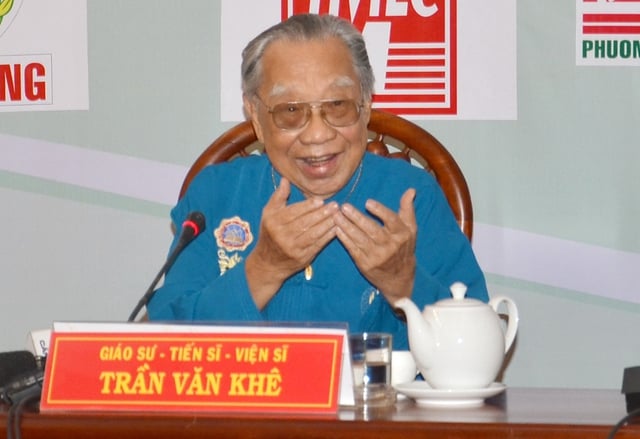
Professor Tran Van Khe at the 95th anniversary conference of Cai Luong art (January 2014)
PHOTO: HOANG PHUONG
In the same neighborhood as Mr. Gioi's family, there was a blind artist with skillful fingers named Le Tai Khi, also known as Nhac Khi. Fascinated by the instrument, Sau Lau asked his father to take him to study. Mr. Gioi used to make incense music, was proficient in playing musical instruments and ritual music, so he also taught his son. At the age of 21, Sau Lau got married, but after 8 years his wife did not give birth, so the family forced him to break up. Sad because of being away from his wife, he composed the song Hoai Lang . Later, the lyrics of the song Da Co Hoai Lang had many different versions.
According to composer Nguyen Phuong, the first Da Co Hoai Lang song started from beat 2, composer Tu Choi added lyrics and extended it to beat 4. In 1942, artist Nam Nghia and Ms. Tu Sang sang the 8-beat vọng cổ song in the play Hoa roi cua Phat ( Lan and Diep ) by composer Tran Huu Trang. When the vọng cổ song increased to beat 16, beat 32, there were more lyrics, the voice at the end of the sentence sounded softer, the singing melted into the melody, deeply penetrating the soul of the listener, like the song Gánh nước dem nguyệt , sung by artist Huu Phuoc.
The sound of temple bells echoes
Meanwhile, according to journalist Nganh Mai, the Da co hoai lang song was born in 1918, and by the mid-1930s it was widely popular in the six provinces of Nam Ky. At that time, the Da co hoai lang song in 4 beats was sung by Nam Nghia. Nam Nghia's real name is Lu Hoa Nghia, from Bac Lieu, with a special breath, which made the vọng cổ song more melodious and soulful. However, the Da co hoai lang song in 4 beats was too short, causing Nam Nghia's gifted breath to lose its expressiveness.
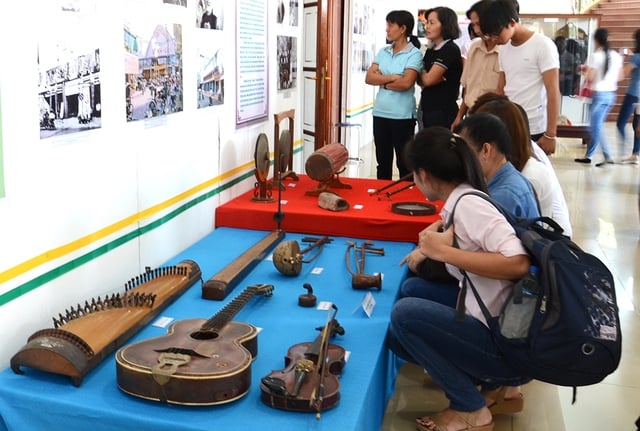
Some musical instruments of traditional music
PHOTO: HOANG PHUONG
In 1934, during a music performance at a friend's house near Vinh Phuoc An pagoda, Nam Nghia encountered a heavy rainstorm and had to stay overnight and could not return home. In the middle of the quiet night, the space was still and quiet, suddenly he heard the temple bell echoing. Nam Nghia sat up and immediately wrote 20 verses with the opening verse being the faint sound of the temple bell, in the tune of Da co hoai lang and named it Vi tien loi dao . The next morning, Nam Nghia went to the house of his teacher, musician Cao Van Lau, sang for him to listen and suggested that his teacher add the word "dan" to each verse.
Seeing that it made sense, musician Cao Van Lau invited two other musicians, Ba Chot and Muoi Khoi, to discuss, adding a note to lengthen the song Da co hoai lang, increasing the beat to 8, enough time for Nam Nghia to comfortably sing the 20-verse song Vi tien loi dao . About a year later, this song became popular in Saigon, called the song Vang vang tien chuong chua and since then, the name Da co was mistakenly called Vong co by Saigon people. According to theater journalist Thien Moc Lan, in 1934, the song Vang vang tien chuong chua was recorded by Asia company on a disc with Nam Nghia's voice sounding sad and sorrowful in the long, lingering words at the end of the sentence, "ho, ho, ho ."
Origin of many hypotheses
At the 90th anniversary conference of Da Co Hoai Lang held at the Ho Chi Minh City College of Theater and Cinema on July 29, 2009, Professor Tran Van Khe commented: "Up to now, many people believe that Mr. Sau Cao Van Lau is the author of Da Co Hoai Lang . However, there are many differences between the year of birth of the author and the year of birth of Da Co Hoai Lang . Therefore, the origin of this song is still subject to many hypotheses."

Cao Van Lau Theater (Bac Lieu, now in Ca Mau province)
PHOTO: HOANG PHUONG
Not only is the year of birth and origin of the Da Co Hoai Lang version different, but from beat 2 to beat 8, beat 16..., many details are also different.
In the article Trying to find the origin of the vọng cổ song published in Bách Khoa magazine (August 15, 1959), author Nguyễn Tử Quang stated: "This is originally a poem in the form of a 20-line poem titled Dạ cổ hoài lan , written in 1920 by the monk Nguyệt Chiếu, a profound Confucian scholar who, because of his out-of-date circumstances, temporarily took refuge in Buddhism, but because of his deep love for the country, he confided his feelings in the poem, titled Dạ cổ hoài lang , meaning Late at night listening to the sound of the drum, missing my husband , and this poem was composed by Cao Văn Lâu".
On the contrary, in his speech read at the conference "Master Nguyet Chieu and the career of traditional Southern ritual music", Mr. Tran Phuoc Thuan said that Master Nguyet Chieu was a master in the ritual music field, who had trained many students. He was especially interested in Cao Van Lau's Da Co piece and worked hard to popularize it, but was not the composer. During the Mid-Autumn Festival of the year Mau Ngo 1918, Sau Lau visited Master Nhac Khi, and conveniently presented the untitled piece of music. After listening, the master praised him very much. That night, Master Nguyet Chieu also attended, Master Nhac Khi immediately asked the monk to name the piece of music and Master Nguyet Chieu named it Da Co Hoai Lang .

Bac Lieu Square
PHOTO: HOANG PHUONG
According to Professor Tran Van Khe, in 1925, Mr. Huynh Thu Trung (Tu Choi) composed the lyrics for a 4-beat vọng cổ song called Tiếng nhạn cái sương .
"The swallows had to call for the mist in the northern sea
I am willing to cry in hatred under the southern sky.
In 1934, Nam Nghia changed from 4 to 8 beats in the song Vang Vang Tieng Chua Chuong . In 1938, musician Vinh Bao played for Ms. Nam Can Tho to sing vọng cổ with 16 beats. In 1948, artist Ut Tra On sang the song Tôn Tần giả điện in a 16 beat and since 1955, vọng cổ with 32 beats has been widely popular until now.
Source: https://thanhnien.vn/cao-van-lau-va-da-co-hoai-lang-185250706225655327.htm



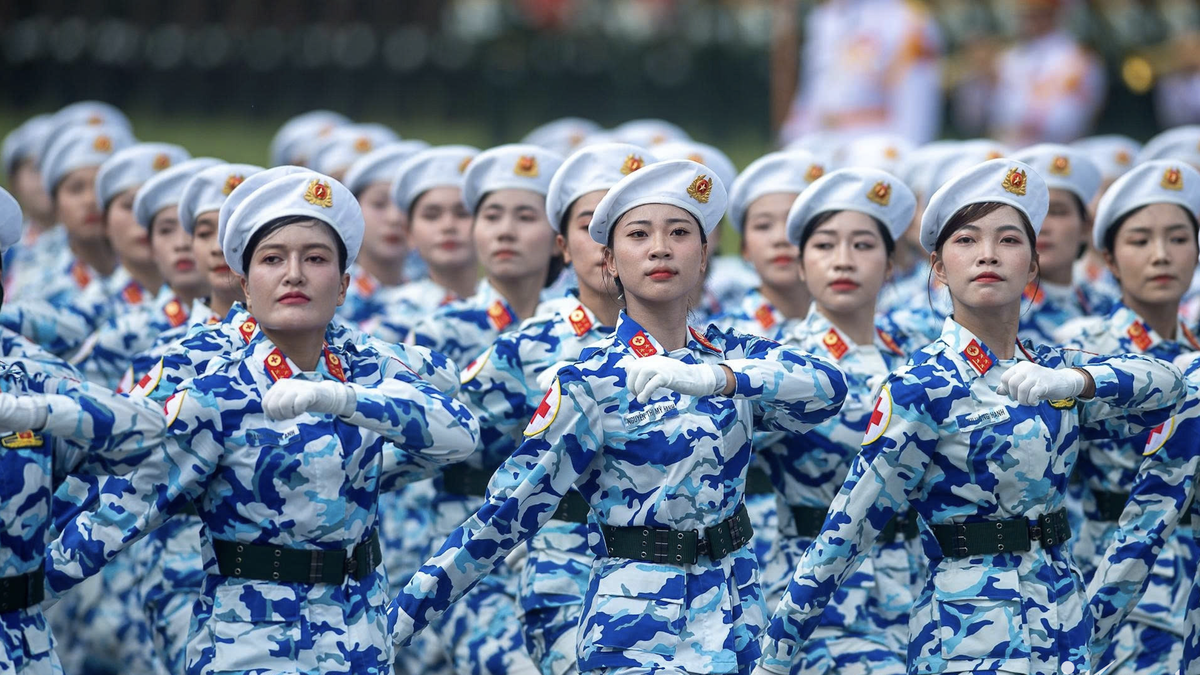
![[Photo] Multi-colored cultural space at the Exhibition "80 years of the journey of Independence - Freedom - Happiness"](https://vphoto.vietnam.vn/thumb/1200x675/vietnam/resource/IMAGE/2025/8/26/fe69de34803e4ac1bf88ce49813d95d8)
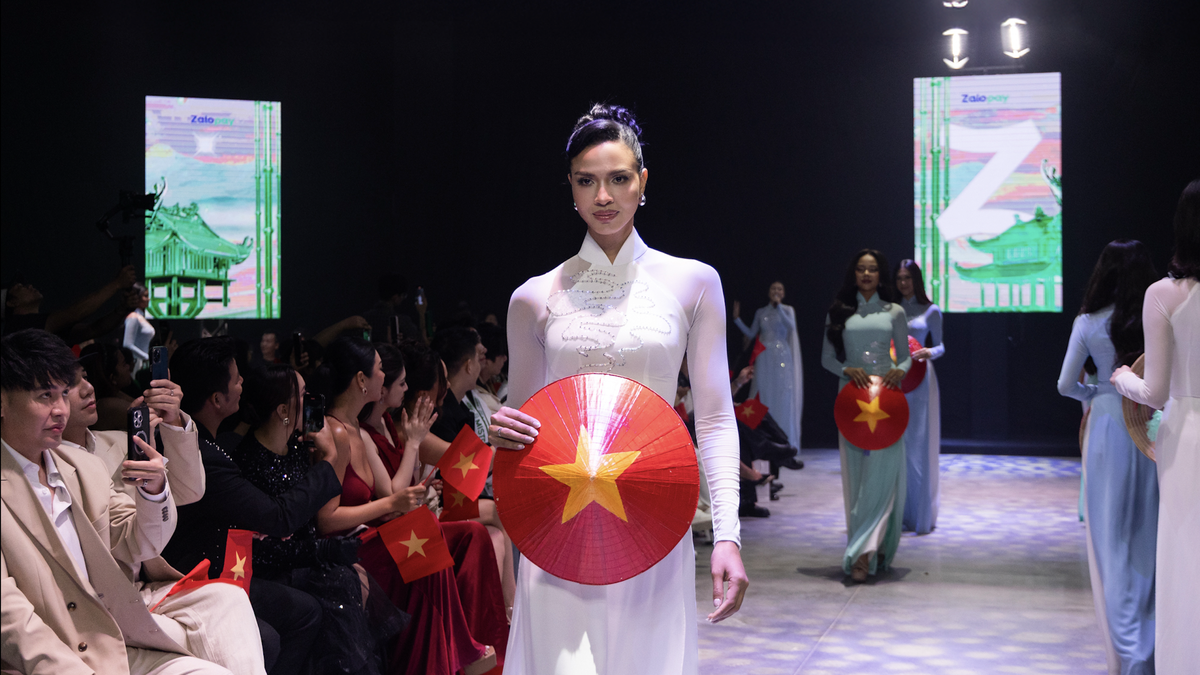
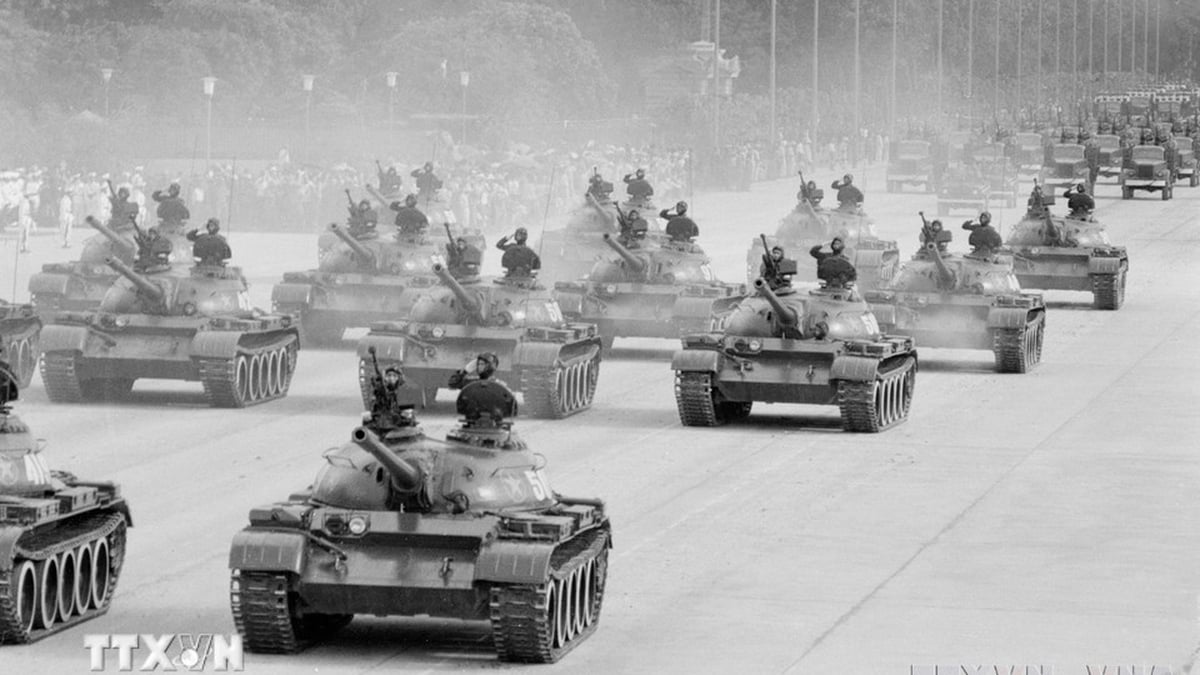

![[Photo] Hanoi: Authorities work hard to overcome the effects of heavy rain](https://vphoto.vietnam.vn/thumb/1200x675/vietnam/resource/IMAGE/2025/8/26/380f98ee36a34e62a9b7894b020112a8)
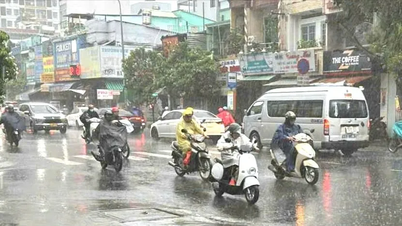

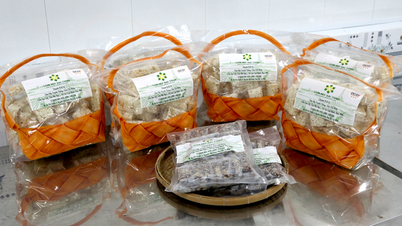


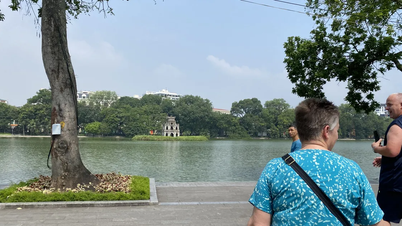
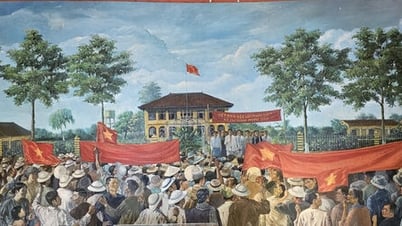



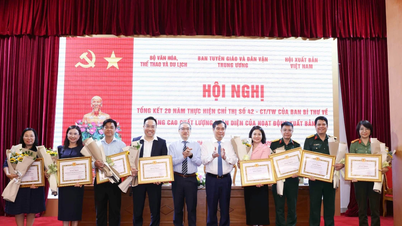

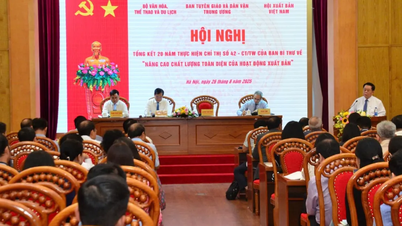
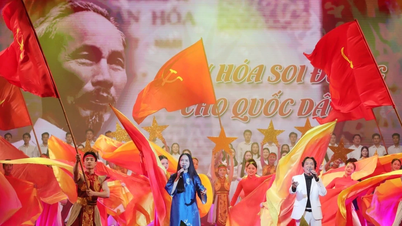


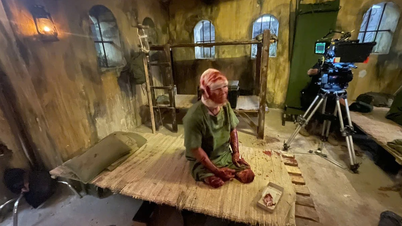
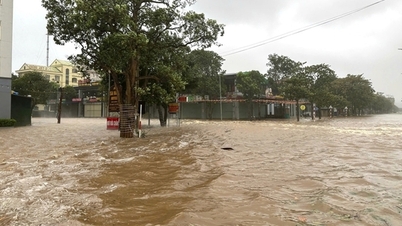







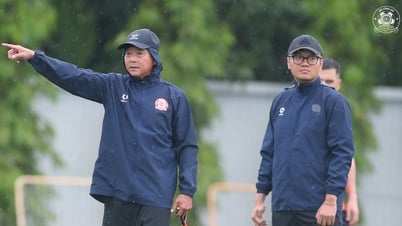
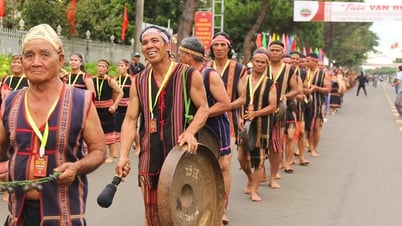




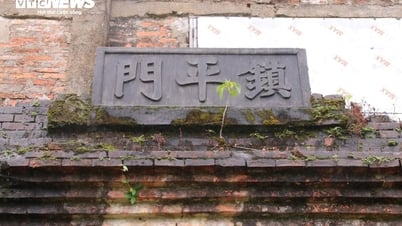

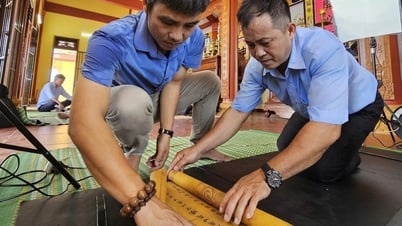

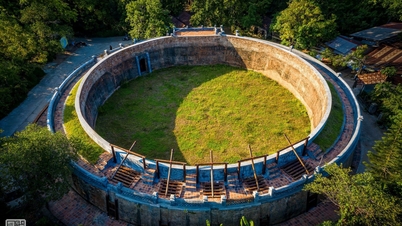

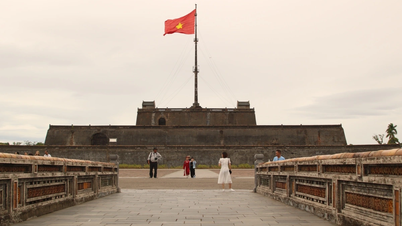

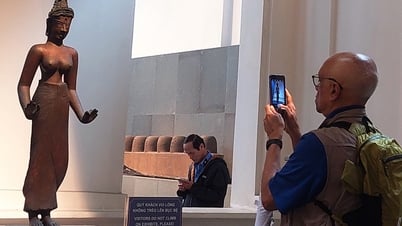
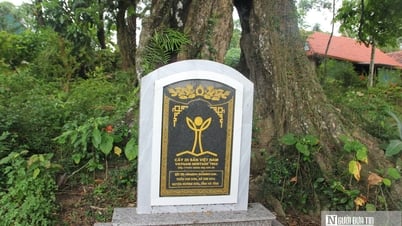

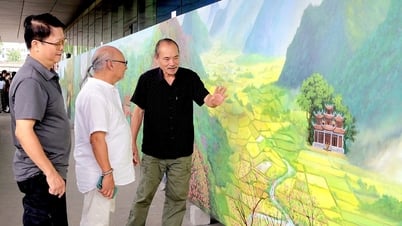






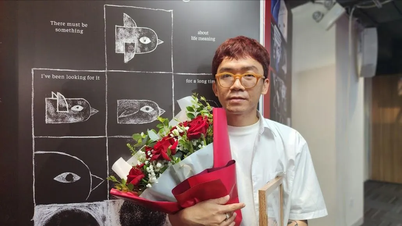








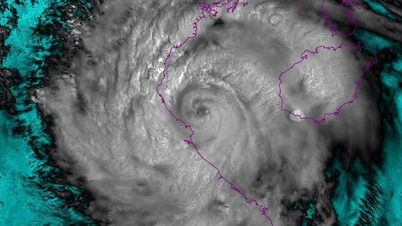
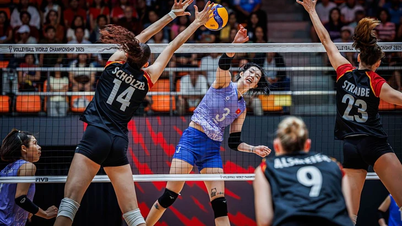
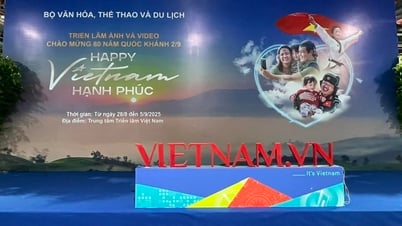












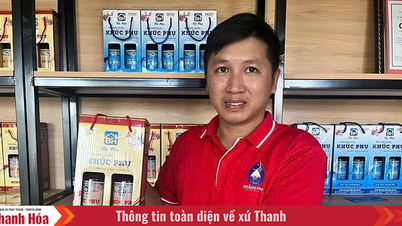

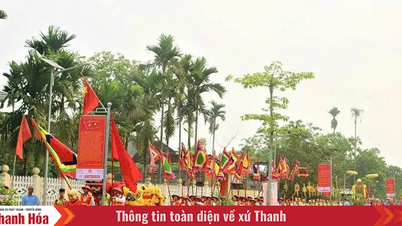


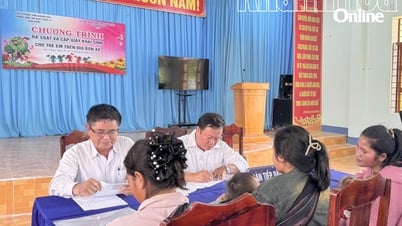









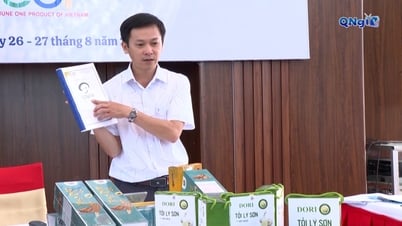



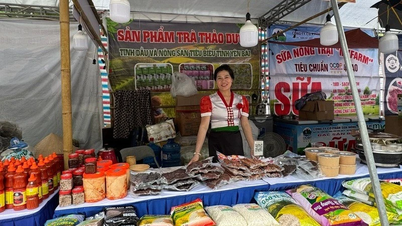





Comment (0)